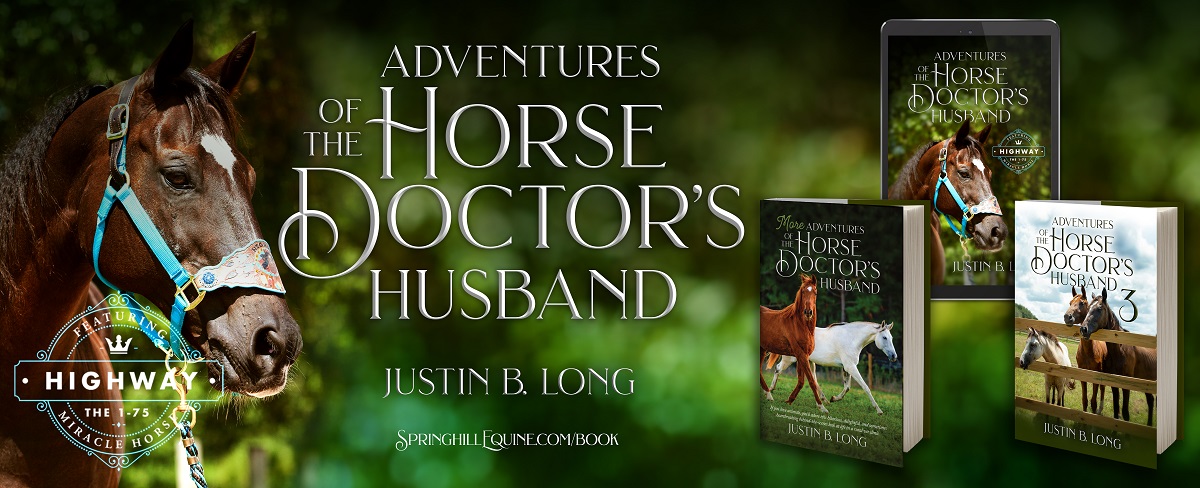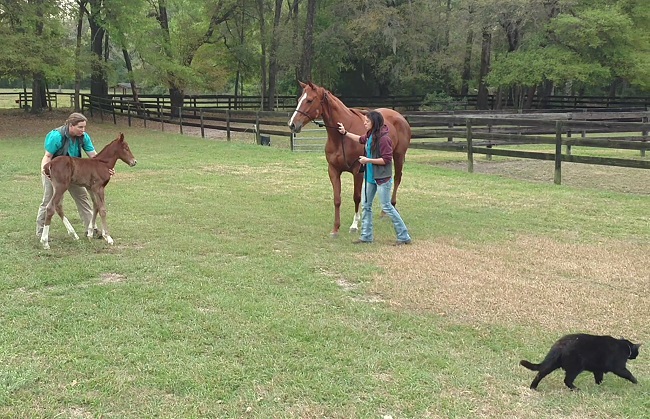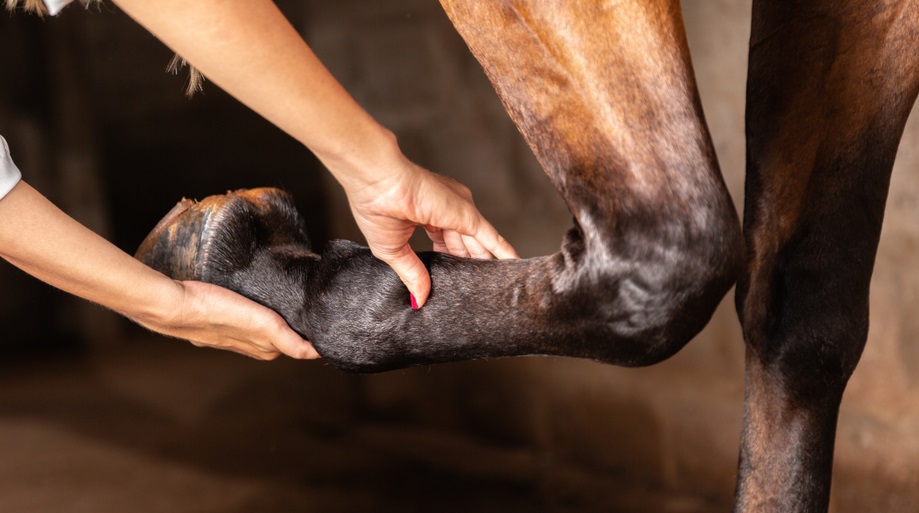
From Rescued to Reliable: Teaching your Animals to Trust
Whinny’s Wisdoms

Congratulations from your favorite clinic mouse Whinny, dear pet owner, on your noble act of rescuing an animal in need! You’ve welcomed a new member into your family, complete with fur, feathers, or hooves, and embarked on a journey of companionship. However, as the dust settles and the honeymoon phase fades, it’s time to address the elephant—or rather, the misbehaving pet—in the room. While rescue status may earn sympathy points initially, it’s high time we retire the excuse that poor manners are simply a byproduct of past trauma. In this blog, we’ll delve into the art of transitioning a newly rescued animal into a refined and well-behaved companion, regardless of its origin story.
Before you think me an overly opinionated mouse, let me remind you that well-behaved animals are confident animals that you can have all kinds of fun experiences with. Dogs, cats, horses, goats, and even sheep all have to have a minimum standard of behavior to receive veterinary care, grooming services, and nail or hoof trimming services without needing extra expenses like sedation or even anesthesia. Not to mention, my doctors have to work with with hundreds of animals every week. That majorly increases the chances of an injury if their patients (your pets!) aren’t well behaved. Mice tend to be exempted from this, as we hold ourselves to a much higher standard. But I digress.
An emergency veterinary visit is NOT the time to be training your animal. Horses should know how to be haltered and load into a trailer BEFORE they have to come to the clinic for an eye ulcer. Dogs should be comfortable walking on a leash and being held before they have to come in for vomiting. Cats should be exposed to their cat carrier before you have to catch them for us to come out and vaccinate. Goats and sheep need to have been handled before and be caught prior to my doctors getting to the farm. Your animals are more likely to be okay with being caught by you, their most favorite human, than our doctors and technicians, who seem to be, quite literally, strangers with needles (and it’s hard to argue with that perspective!).
Now that I’ve convinced you of the necessity of working with your rescued critters before they meet my doctors, let’s go over some techniques for all the different species!
Desensitization Techniques
Dogs
– Handling: Start with gentle touches and gradually increase the level of interaction, rewarding calm behavior. Work on holding them in a standing, sitting, and lying position; pick up their paws, open their mouth, and lift their tail.
– Vet Visits: Make visits positive experiences by frequent trips for treats and socialization, not just during emergencies. Everyone here at the clinic loves to see pups when they’re not sick. Just give the awesome office team a call to let us know you’re swinging by, and we’ll provide your pup with pets and treats (maybe I’ll even share some of my cheese!).
– Collaring and Leashing: Introduce these gradually, associating them with enjoyable activities like walks and playtime.
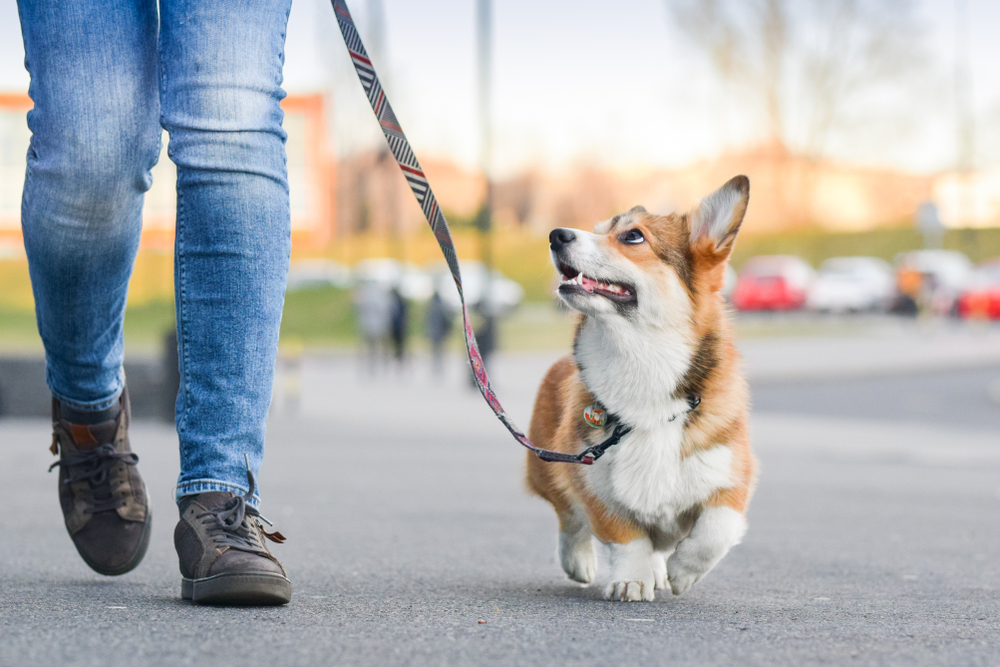
Cats:
– Handling: Respect your feline friend’s boundaries and allow them to initiate physical contact, rewarding them with treats for accepting handling. Teach your rescued kitty that human hands can provide positive touches. Our crew loves cats and always starts with chin scritches and nice pets, but if they haven’t learned that those are nice, then they may never relax with us.
– Vet Visits: Familiarize your cat with their carrier and the car ride to the vet by incorporating these into their routine with positive reinforcement. Leave the carrier open in their favorite room. Occasionally toss treats into the carrier for them to find. It should be a positive place they can hang out in that only sometimes acts as a portal to the vet office.
– Collaring: Use lightweight, breakaway collars, gradually increasing wearing time and associating them with treats. Cats should wear collars, just like dogs, in case they get out or lost.
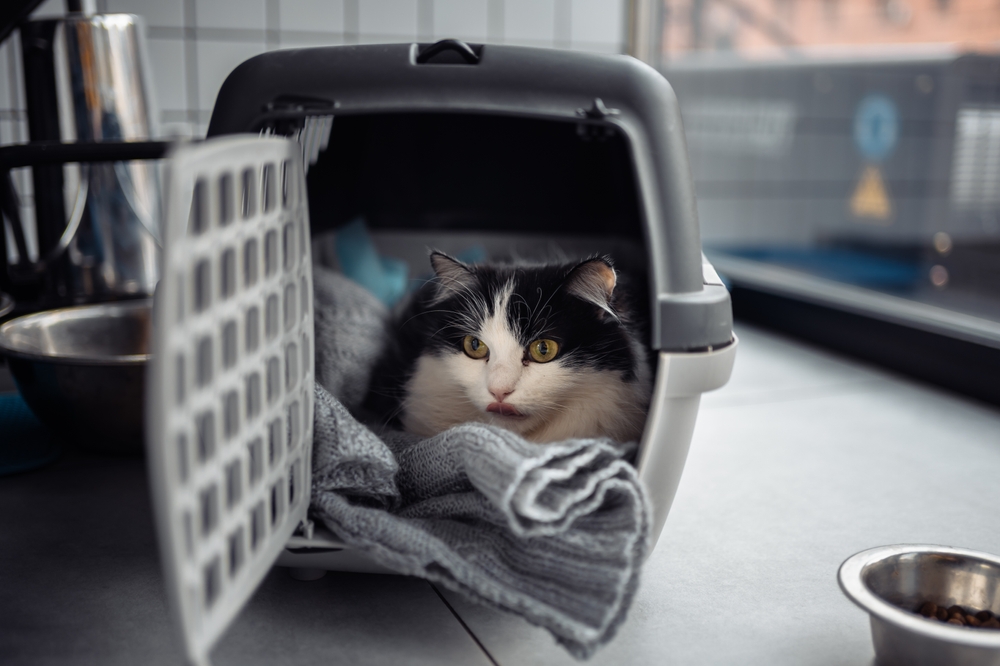
Horses
– Handling: Begin with basic groundwork exercises to establish trust and respect, gradually introducing grooming and handling equipment. All horses–and donkeys!–should be comfortable picking up all four feet when asked, having their mouth and ears looked at, and their tail lifted. Bonus points if you also get them comfortable with their bellies being touched!
– Vet Visits: Practice trailer loading and short trips to simulate vet visits, rewarding calm behavior throughout the process. You can even mimic vaccine injections and blood draws by using the tip of a pen on your horse’s neck. Showing your rescued horse that you will teach them what is going to happen at the vet before it does will increase their trust in you and in my doctors.
– Haltering and Leading: Teach your horse to yield to pressure on the halter and lead rope, reinforcing with treats and praise. This is one of the most important things! If you can’t halter your horse or donkey, the veterinarian or technician most likely won’t be able to. If you know your rescued horse has some fears around the halter or typically takes a while to be caught, make sure you give yourself plenty of time to accomplish that prior to the veterinarian arriving. Donkeys especially are smart enough to recognize a strange vehicle and will make themselves scarce when that Springhill Equine truck pulls up if they’re not already caught.

Goats
– Handling: Approach goats calmly and quietly, using positive reinforcement such as treats or scratches to encourage desired behavior. Goats are naturally skittish, but can learn to trust people with time. If you rescue your goats when they are already adults, it’s especially important to spend lots of time with them, showing that approaching humans gets them rewards.
– Vet Visits: Familiarize your goat with the process by practicing handling and restraint at home, and rewarding them for calm behavior. Goats and sheep can actually become quite distressed if they have to be chased to be caught for medical care. If they are already compromised with illness, that distress can very occasionally push them over the edge. Take the time to make restraint, lifting feet, looking in mouths, and lifting tails a routine part of life. Build that trust in the trust bank!
– Leading: Introduce a collar or halter and lead gradually, starting in a familiar environment and progressing to short walks with positive reinforcement. Goats are extremely trainable given the right reinforcement. Large goats are much easier to work with when they come to the clinic if they will walk on a lead.

All animals have a trust bank. The more positive experiences you can put into it, the easier it is to balance the negative experiences. Think about it: if every time you got in an elevator, you were poked with a needle, you’d do your very best to avoid elevators. Similarly, if the only time your horse is haltered is for vet visits where they get vaccinated and have blood drawn (both requiring a needle), they will only get worse for being haltered. This applies doubly to your rescued animals who already have a negative balance in their trust bank. The first steps are learning to trust you, but it can’t stop there, they have to learn how to trust new experiences too.
In conclusion, while the journey from rescue to refined pet may have its challenges, there’s no excuse for indefinitely attributing poor behavior to a pet’s past. By employing desensitization techniques tailored to the species-specific needs of your new friend, you can transform them from a rough gem into a polished companion worthy of admiration. So, let’s bid farewell to the it’s a rescue excuse and embrace the transformative power of patience, consistency, and time spent together. After all, manners maketh the pet.
Until next week,
~Whinny
P.S. Are you subscribed to my blog? It’s the big purple box just below, and all you have to do is put your email address in it. That way I can email you a link each week, and you don’t have to hope you see it go by on Facebook. It’s that easy to stay plugged into my mousy wisdoms!
 Whinny’s Wisdoms is the official blog of Whinny the Clinic Mouse at Springhill Equine Veterinary Clinic in Newberry, Florida. If you liked this blog, please subscribe below, and share it with your friends on social media! For more information, please call us at (352) 472-1620, visit our website at SpringhillEquine.com, or follow us on Facebook!
Whinny’s Wisdoms is the official blog of Whinny the Clinic Mouse at Springhill Equine Veterinary Clinic in Newberry, Florida. If you liked this blog, please subscribe below, and share it with your friends on social media! For more information, please call us at (352) 472-1620, visit our website at SpringhillEquine.com, or follow us on Facebook!
[jetpack_subscription_form title="Subscribe to Whinny's Wisdoms"]
